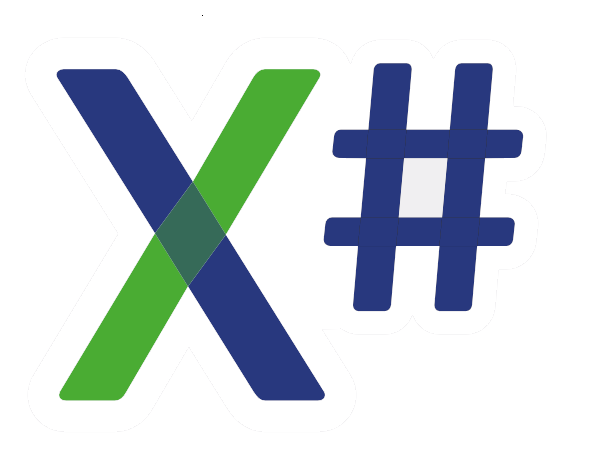Hi Chris,Chris wrote: Tue Feb 04, 2025 9:54 am Hi Kees,
You can do something similar to what you already did:
- Create a METHOD OKButton_class_B() CLASS B (or with a different name) and put there all the code that is currently in included in OKButton() of this class B
- In OKButton() of this class put only a simple call to this new OKButton_class_B() method.
- When you need to call the OKButton() method of that level in a subclass (from F as you mentioned), simply call SELF:OKButton_class_B(), instead of using SendClass().
That should do the trick.
Thank you very much, that works fine indeed. I still find it strange that in my previous attempt, while executing a method of class B and doing a SELF:OKButton(), the OKButton() of class F is executed instead of the one in class B. When code is executed in a method of a certain class, then should not SELF refer to that same class?
Kees.

